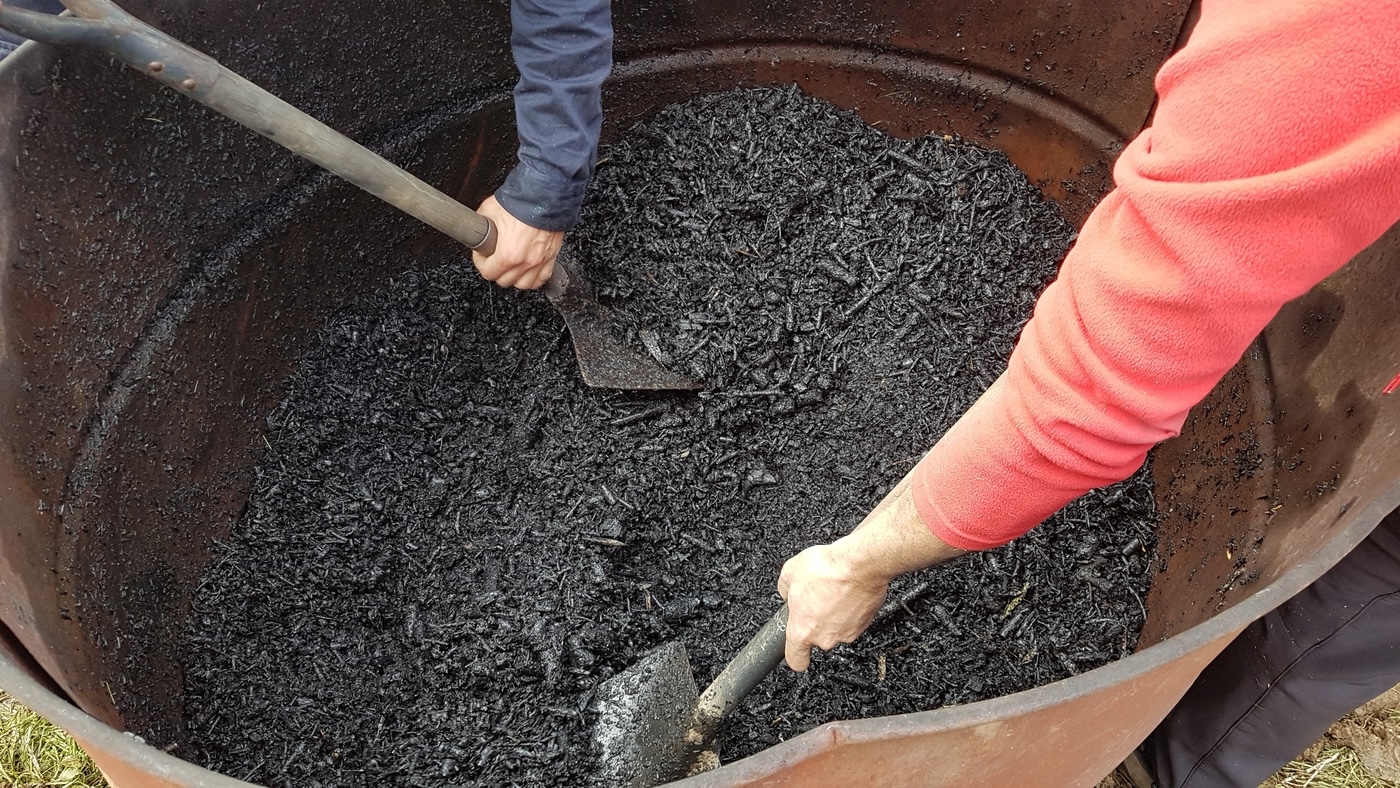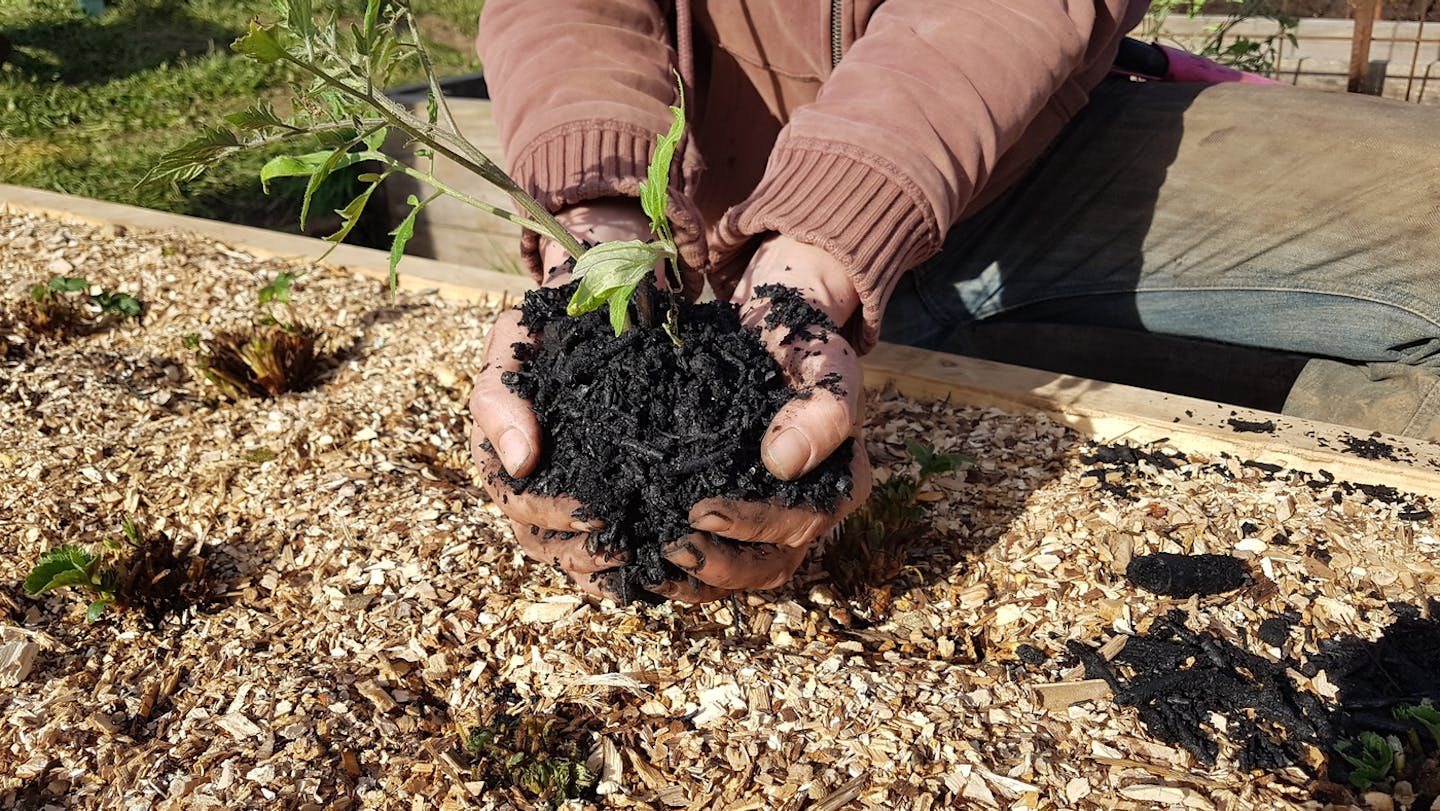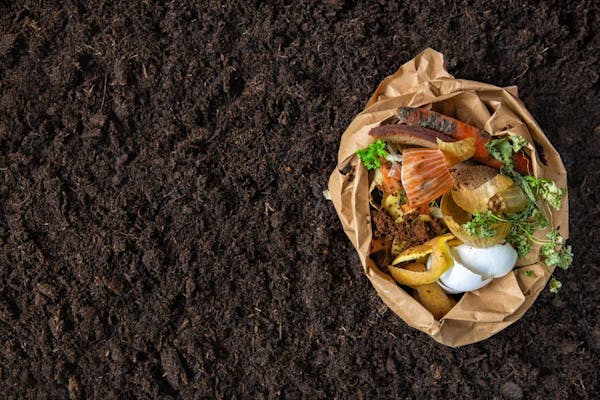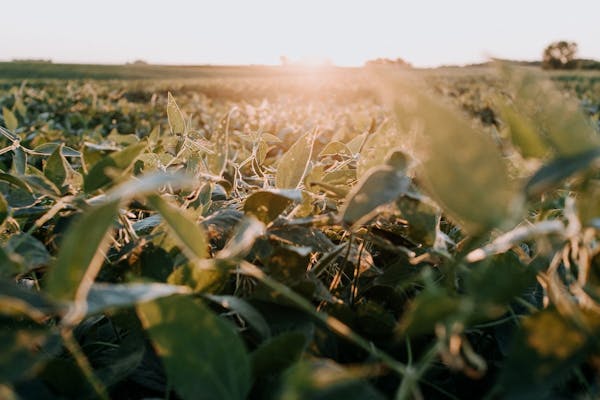Biochar: Rediscovering ancient wisdom for modern soil health
This article was republished with permission from Bioneers.
Amazonia is the largest river basin in the world, covering an area greater than Europe. More than 3 million species live in the Amazon rainforest, making it one of the most diverse ecosystems and largest carbon sinks on earth. Some 20 billion tons of moisture are released daily through the transpiration of the teeming plant life there, regulating regional temperatures and affecting climates as far away as the American Midwest.
And yet, in spite of its immense size and its commanding ecological influences, the majestic Amazon stands on a fragile foundation. Paradoxically, despite supporting some of the world’s highest levels of biodiversity and greatest density of plant life, its soils are some of the poorest in the world.
In the high heat and humidity of the tropical rainforest, plant litter on the forest floor rapidly breaks down and the nutrients released from decomposition are readily taken up by the roots of the abundant flora, so the lion’s share of the nutrients are held in the trees and plants, not the soil, and the region’s heavy rains leach out even more nutrients from the very thin layer of topsoil, further contributing to its impoverishment. When an area is deforested for agriculture or cattle ranching by outsiders who don’t understand the local ecology, those soils become barren after just a year or two, leading to a vicious cycle of further clear-cutting and an alarming loss of precious rainforest.

Preparing biochar for use in the vegetable garden. Image credit: © Toni Jardon | Dreamstime
Terra Preta
But it turns out that ancient Indigenous people in the Amazon developed methods to enrich soils so that they remained fertile for decades, and in some cases centuries. The soils they improved became known as Terra Preta (“black earth” in Portuguese). The technique goes back an estimated 2500 years.
Carbonaceous household and agricultural waste – kitchen scraps, animal manure and bones, agricultural waste, fallen tree branches and leaves, pottery, etc.—were buried in a pit in the ground and heated under low oxygen conditions (a method know as pyrolysis) that burned off volatile oils and produced charcoal with a high carbon content.
That charcoal, a very stable form of sequestered carbon, was ground into smaller particles and incorporated into the soil. Terra Preta soils, which still make up about 10 % of the Amazon Basin, are dark and fertile and in some places up to 6.5 feet deep with 3 to 18 times as much carbon as nearby untreated soils.
Biochar draws in nutrients and prevents nutrient leeching. It also creates habitat for beneficial microbes that feed on those nutrients and deliver them to the plant in a more useable form.
Biochar: What’s Old is New
Because of the degeneration of so many agricultural soils around the world due to industrial farming methods that include the heavy use of chemicals and intense plowing, agricultural soils, by some estimates, have lost 50 % of their valuable carbon stocks, which have been released into the atmosphere contributing to climate change.
But carbon-poor degraded soils can be replenished by the appropriate use of properly produced biochar, essentially the same material used by ancient Indigenous people in the Amazon. In fact, Kuikuro farmers who live along the Xingu River in Brazil – and whose ancestors have been there for centuries – are still enriching their soils by adding a form of biochar they call eeqepe.

Biochar in hand. Image credit: Simon Dooley, CC BY-NC 2.0
Making and Using Biochar
Modern methods of making biochar range from high-tech pyrolysis systems to a low-tech backyard process of placing a metal trash can inside a 55-gallon burn barrel that heats up the feedstock to high temperatures without burning it. In addition to pioneering gardeners and farmers who make their own biochar, there are about 150 commercial biochar producers in Canada and the U.S. who sell their product.
The feedstocks of biochar are typically wood from fallen branches or dead trees, but as the Indigenous people of the Amazon proved, a variety of suitable feedstocks can be used as long as they have a high carbon content. It is ecologically imperative that biochar be made from garden or agricultural waste and not from virgin material harvested solely for the purpose of making biochar. That would just make it yet another exploitive commodity and would compromise its carbon sequestration benefits, and, of course, it should never be made from contaminated materials such as treated lumber.
Biochar increases pH, buffering overly acidic soils, and it helps build a healthy soil structure, which increases water-holding capacity and reduces erosion. When wood is used as a core feedstock, it results in a biochar with an astounding amount of surface area (9000 sq ft in one gram!), and that structure provides habitat for many beneficial microbes. Also, because biochar has a strong negative charge, it draws in minerals and other nutrients for soil life to feed on.
Newly made biochar must be activated or charged with nutrients and microbes by mixing in compost, manure, urine, organic amendments, grass clippings, leaves, etc. There is a lot of leeway and variability with what you can mix in with the biochar depending upon what is available. Once you have added those amendments, the biochar mix should sit for a number of days ( if the additives are soluble fertilizers) to a number of months (if you add fresh green waste). The time allows the biochar to absorb and hold the nutrients which eventually will be released to the plants with the help of the microbes. The inoculation process is important because if the biochar is applied to the soil before it is charged, it will draw in nutrients from the soil itself and for a time reduce the amount of nutrients available to plants.
There are a number of ways to apply the biochar once it’s charged. The simplest is to apply it to the soil surface and over time it will be incorporated deeper into the soil by irrigation, rain, earthworms and microbes. It can also be mixed with compost and used the same way you would use compost. Application rate recommendations are a bit vague and vary from 10 – 20 % biochar to soil. The calculation should take into account the depth of the soil you want to treat.
Biochar Benefits
Research has shown that biochar is a singularly stable form of carbon that can be sequestered for hundreds of years, as the Terra Preta soils have proven. Research has also shown that biochar increases nutrient availability and earthworm and microbial populations and improves yields. Its ability to hold water can reduce irrigation costs and prevent erosion. Its strong electrical charge draws in nutrients and can harness excessive fertilizers that leech off farms and harm waterways and aquatic species. Although Biochar is not a silver bullet, with its multiple benefits it can be a valuable tool when used in concert with other regenerative practices to enhance soil health and mitigate climate change by sequestering carbon.
Explore the One Earth Solutions Framework


